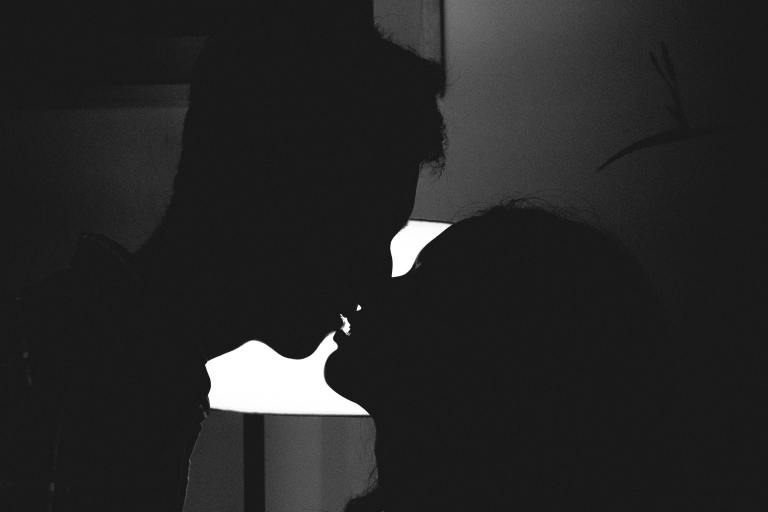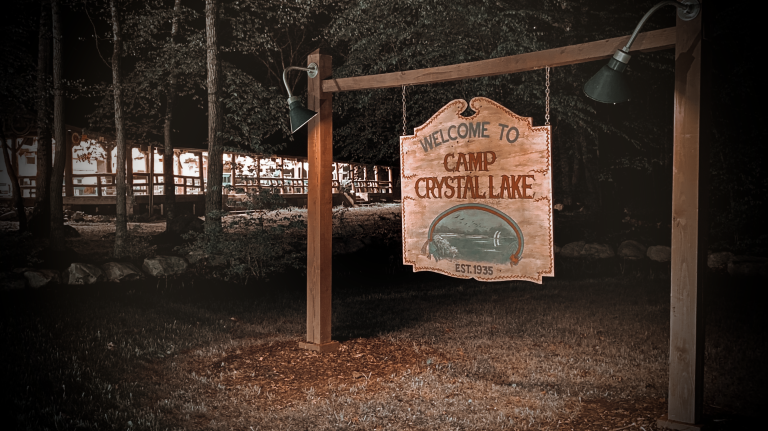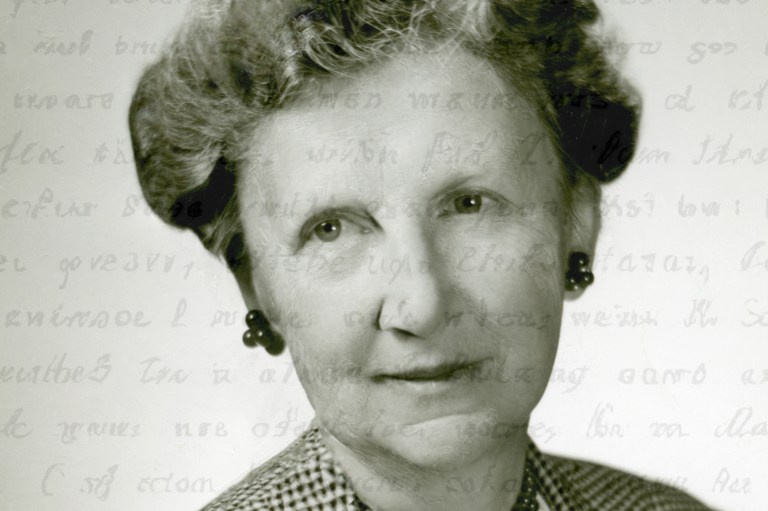
Maybe Everything Really Does Happen For A Reason
I recently made a new male friend, and I think we were both surprised over how our lives had intersected and all the things we discovered had in common. In a subsequent email, I commented that it seemed like a case of “synchronicity.”
In response, he confessed that he wasn’t familiar with that term, but had taken the time to look it up. I decided I’d better do the same, to make sure we were on the same page. The concept was developed by Carl Jung, and it has a range of meanings. Agnostics might not agree, but the one that came closest to my understanding of the word was a coincidence that seems so meaningful it seems like it had to have been “divine intervention.”
News stories have been throwing around a lot of Latin phrases these days. One theatrical device used by the dramatists of ancient times used was a deus ex machina. It’s a Latin translation of a Greek phrase and means literally “a god from a machine.” The machine in this instance was a crane from which a god could appear above the stage at the end of Greek and Roman dramas to resolve the plot. More recently, the term has taken on a negative connotation, a reference to when a playwright—or author—relies on a plot device that seems like a too-easy way to resolve a problem. Say, a tornado that arrives in time to kill off all of the bad guys. Or when an intriguing conflict turns out just to be a bad dream.
In recent days, I’ve been thinking about how these two ideas are related. I’ve been thinking about movies like Sliding Doors, with two different, but complicated, plotlines that turn on whether Gwyneth Paltrow catches a particular subway train. Kate Atkinson’s Life After Life posits multiple life stories for its main character, including one that could have prevented World War II.
Life choices. Divine intervention or mere coincidence?
When I approached the story that is the basis of my novel, The Poet’s Girl, one of the big unanswered questions was how did T. S. Eliot and Emily Hale reconnect when they were in their late thirties and had, as far as we know, not communicated for more than a decade after Eliot went to England and impetuously married a British woman. There is an oft-quoted reference in which Eliot told a friend in May 1927 that he had received a letter “from a girl in Boston this morning whom I have not seen or heard from for years and years. It brought back something to me that I had not known for a long time.” Because my novel is from Emily Hale’s point of view, I instead had to imagine what she was thinking when she wrote the letter.
But I imagined something before that. I knew Hale had previously traveled to England and I imagined a scenario in which she decides that if she could only see her former boyfriend, now married, one more time, she would be able to “get over him.” So, knowing where he worked, she conspires to try to get a glimpse of him.
I won’t give away the plot. When the more than one thousand letters Eliot wrote to Hale are opened on January 2, perhaps we will know the answer. But since Hale did not begin saving the letters until 1930, the real answer may have to be left to our imaginations.
A chance meeting: is it synchronicity or a clumsy plot device? I don’t know about you, but I’m a believer that things can happen for a purpose.










